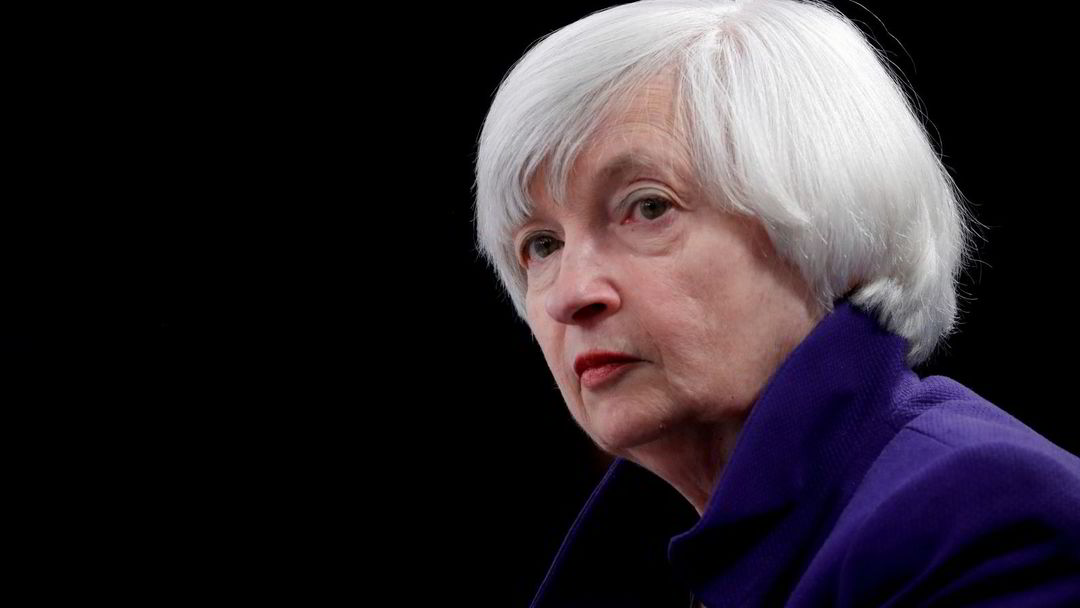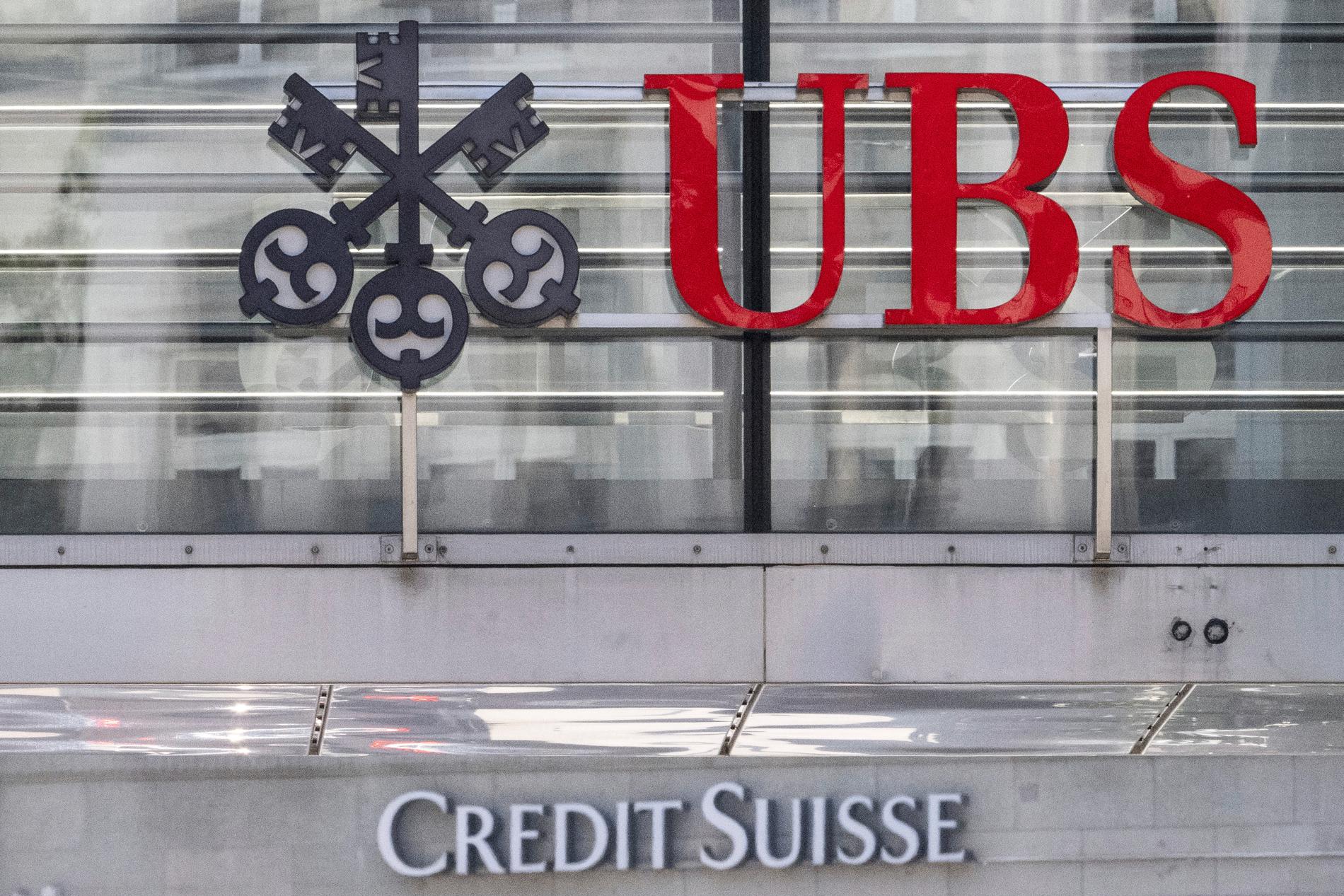Norwegian insurer Gjensidige said in a statement on Tuesday that as of March 17, it had an exposure of NOK 4 million in Credit Suisse’s AT1 bonds, which was reduced to zero in connection with the UBS acquisition.
Overall, Gjensidige had an exposure of NOK 38 million in Credit Suisse debt instruments, less than 0.1 percent of the investment portfolio.
Gjensidige had a total of NOK 136 million invested in AT1 bonds in its portfolio. 74 percent of these are from Nordic issuers, while the remainder are from banks or other European financial institutions. In total, AT1 bonds made up less than 0.3 percent of the investment portfolio, it was reported.
“wipe off”
After it became clear on Sunday that UBS was acquiring Credit Suisse – at the end of a very turbulent week for both the bank specifically and the market in general – it turned out that the holders of the bank’s so-called additional Tier 1 bonds would be zero.
In a press release, the Swiss watchdog Finma wrote that this was done as a result of “extraordinary support” from the state.
Normally it would be the shareholders who took the loss first if the bank ended up in a situation like what Credit Suisse did, but in this case it was done the other way around. Shareholders receive three billion francs for their shares, well below market value, while holders of AT1 bonds are wiped out completely. The value of these bonds amounted to 16 billion francs.
AT1 bond is a type of debt mainly issued by European financial institutions and is a form of convertible security. Normally, you get a much higher interest rate on such a bond, with the risks associated with it. AT1 bonds, or a fund bond in Norwegian, are just one way for a bank to raise capital in the credit market. Other methods include deposits, large loans or convertible loans, or so-called “non-preferred” bonds.
Usually, AT1 bonds make up only a small percentage of the bank’s total capital.
The supervisor has the opportunity to refuse banks to pay the annual coupon rate on the AT1 bond if he believes the bank’s balance sheet is too strained. The next thing is that if the bank’s equity falls below a threshold value, usually 5.12 percent, there is a risk that the bond will be reduced to zero even if there is indeed equity remaining. This is what happened to Credit Suisse over the weekend.
The Swiss authorities also passed emergency laws to annul an otherwise familiar vote at a public meeting at both banks.
A loss to the giants
On Tuesday night, Reuters wrote that California-based Pimco lost about $340 million on AT1 notes.
According to Bloomberg, Pimco is Credit Suisse’s largest AT1 bond holder, with approximately $807 million. According to the data news agency, the owner also brought in Invesco AT1 bonds in Credit Suisse for about $370 million, while Blackrock’s exposure at the end of February was about $113 million.
It’s not entirely clear what prompted the Swiss authorities to write off bonds before stocks, however financial times He wrote on Monday that it was, among other things, a move to make the agreement more palatable to Swiss residents and the bank’s shareholders.
– The owners of AT1 were sacrificed so that the Finance Ministry would not lose face to international shareholders after being denied a vote in connection with the takeover, an adviser told the Financial Times.
It was known that the Saudi National Bank and the Qatar Investment Authority were among the main owners of Credit Suisse.
Big losses on investments
Admittedly, the exposure of NOK four million in Credit Suisse’s AT1 bond is like crumbs even for Gjensidige.
At the end of last year, Gjensidige’s investment portfolio was NOK 58.4 billion. When the insurer provided figures for the fourth quarter at the end of January, it emerged that there had been a portfolio loss of NOK 651 million for the full year 2022.
– There is a limit to what we can do to influence the financial outcome, as it depends on market conditions. We were able to get it into somewhat in the fourth quarter, said CEO Holmgren.
(conditions)Copyright Dagens Næringsliv AS and/or our suppliers. We’d like you to share our statuses using links that lead directly to our pages. Reproduction or other use of all or part of the Content may be made only with written permission or as permitted by law. For more terms see here.

“Explorer. Unapologetic entrepreneur. Alcohol fanatic. Certified writer. Wannabe tv evangelist. Twitter fanatic. Student. Web scholar. Travel buff.”




